Fisheries Body Should Manage Key Pacific Species for Sustainability
Meeting offers WCPFC a chance to set science-based policies for tuna, sharks, rays, and more
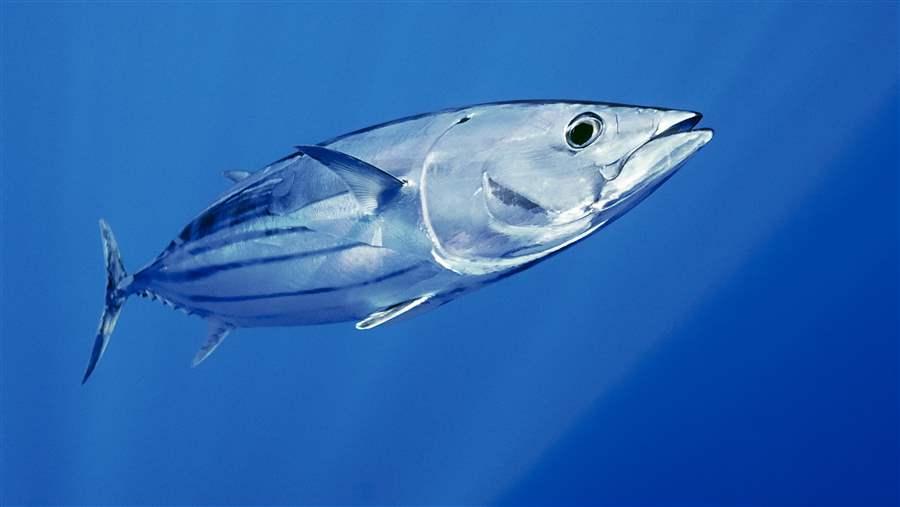
Skipjack tuna is part of one of the most valuable tuna fisheries in the world.
© Masa Ushioda/Blue Planet ArchiveThe Western and Central Pacific Ocean, which makes up a significant part of the largest ocean on Earth, supplies more than half of the world’s tuna catch. The Western and Central Pacific Fisheries Commission (WCPFC) is responsible for managing these valuable fisheries, which include a healthy population of skipjack tuna along with the severely overfished Pacific bluefin and several highly migratory shark species that are also depleted.
In fisheries management, politicking and controversy often overshadow the importance of maintaining ocean and species health. At the WCPFC annual meeting, which will be held Dec. 2-7 in Manila, governments face a stark choice: Either secure the future of their fisheries through precautionary, science-based management, or allow depletion and overfishing to set back long-term conservation.
Modernize tuna management with a bridge to the future
WCPFC manages three species of tropical tunas: skipjack, yellowfin, and bigeye. While skipjack and yellowfin stocks are not yet experiencing overfishing, scientists have advised against taking steps that would cause these populations to drop below current levels. A new bigeye stock assessment offers room for optimism, finding that the species is not experiencing overfishing but has a 16 percent chance of being below a healthy, sustainable level. Given the relatively healthy status of all of these tunas, WCPFC has a rare opportunity in Manila to make responsible management decisions before these species are depleted.
Ideally, the Commission would do this by adopting a modern system of fisheries management, called harvest strategies, in which Commission members create science-based models to help set pre-agreed fishing limits that can fluctuate based on the health of fisheries and carefully considered objectives for the stocks. But while WCPFC is moving toward harvest strategies, the Commission needs time to fully implement them. With the traditional way of negotiating quotas on an ad hoc basis set to expire this year, WCPFC should adopt what is known as a bridging measure to ensure the sustainability of the stocks while providing a transition to harvest strategies.
Stronger controls on fish aggregating devices
While bigeye tuna is in better shape than previously thought, the unabated use of fish aggregating devices (FADs) could jeopardize the future health of the stock and the marine ecosystem. FADs are manmade, floating devices that fish congregate around, making those species easier for large purse seine nets to catch. But FADs are indiscriminate, often leading to the catch of juvenile bigeye before they can reproduce and the accidental bycatch of sharks and turtles. Despite this, there are no controls on the number of FADs in the Pacific, and the Commission does not know how many FADs are deployed in its waters.
Last year, an independent Global FAD Science Symposium developed a set of best practices for FADs and advised WCPFC to implement FAD identification rules to collect better data, set FAD limits to conserve bigeye tuna, and require the use of non-entangling FADs to minimize bycatch as quickly as possible. The Commission should take that advice.
Finalize plans for the recovery of Pacific bluefin tuna
After years of overfishing led to a more than 97 percent decline in the Pacific bluefin tuna population, members of the WCPFC Northern Committee and the Inter-American Tropical Tuna Commission finally agreed, in September, to a rebuilding plan for the species. That deal, reached after years of stalemate, aims to rebuild the population to at least 20 percent of its unfished levels by 2034. Now, WCPFC must officially adopt these recommendations and make sure that members stick to their future commitments.
Strengthen shark and ray management
Last year, all three species of thresher sharks—known by some as the Indiana Jones of the ocean for their long, whiplike tails—were listed for protection by the Convention on International Trade in Endangered Species of Wild Fauna and Flora. Despite these sharks’ vulnerable status, WCPFC has no management in place for them. Further, fishing for threshers is likely unsustainable. WCPFC should prohibit the retention of thresher sharks in its waters until the Commission has more data about their status.
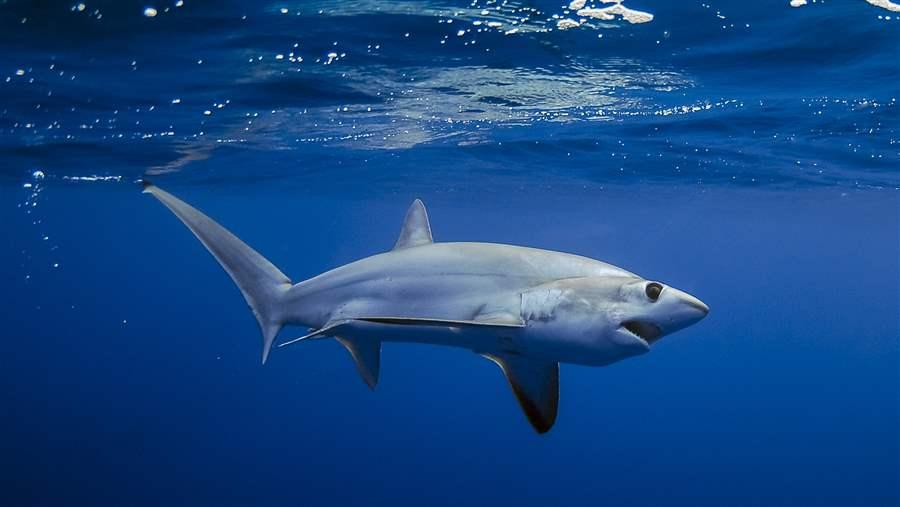
Bigeye thresher sharks are vulnerable, and retention of them, along with two other species of thresher, should be prohibited in WCFPC waters.
© Jason Arnold/SeapicsThe same is true for manta rays and mobula rays within WCPFC waters, which are often caught as bycatch. While WCPFC’s Scientific Committee and Technical and Compliance Committee have recommended safe handling for live release, the Commission hasn’t adopted this guidance. WCPFC should work this year to prohibit the retention of these rays and adopt safe release strategies for when they are accidentally caught.
Combat illegal fishing by strengthening port State controls
For the past seven years, WCPFC has been unable to agree on measures that align with the requirements outlined in the Port State Measures Agreement—an international treaty designed to curb illegal fishing. These standards on port entry and use, and on inspections of foreign-flagged vessels, which include stronger record keeping and catch documentation, would be the first step in proving that WCPFC is serious about ending illegal fishing. The Commission should adopt and implement a measure that will strengthen port State measures this year, which will help port States take action against vessels involved in illegal operations.
Reform transshipment
While many of those who fish in WCPFC waters transship catch between fishing and cargo vessels, this activity occurs largely out of sight or reach of authorities. Further, observer reports on this activity are rarely sent directly to the WCPFC. In 2016, for example, while 948 reported high seas transshipment events took place, only one independent observer report directly related to these activities was submitted to the Commission. The lack of mandatory monitoring and data collection procedures creates opportunities for the misreporting and laundering of illegally caught fish, which involves an estimated US$142 million of tuna and tunalike products each year.
Without additional and enhanced controls in place, WCPFC should ban all transshipment at sea or, at a minimum, adopt mandatory reporting standards for observers on carrier vessels to ensure that high seas transshipments are independently verified and can be cross-validated by the Commission secretariat.
The outcomes of the Manila meeting could prove vital to the future of the Western and Central Pacific Ocean. If governments fail to agree on science-based management for all the valuable species under WCPFC’s mandate, the Commission could become ineffective and witness the erosion of its international reputation. It’s time for all countries with a stake in a healthy ocean to move WCPFC toward a successful future.
Amanda Nickson is The Pew Charitable Trusts’ director of international fisheries.


America’s Overdose Crisis
Sign up for our five-email course explaining the overdose crisis in America, the state of treatment access, and ways to improve care
Sign up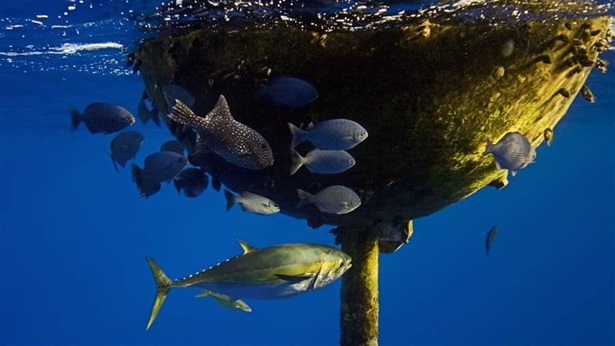
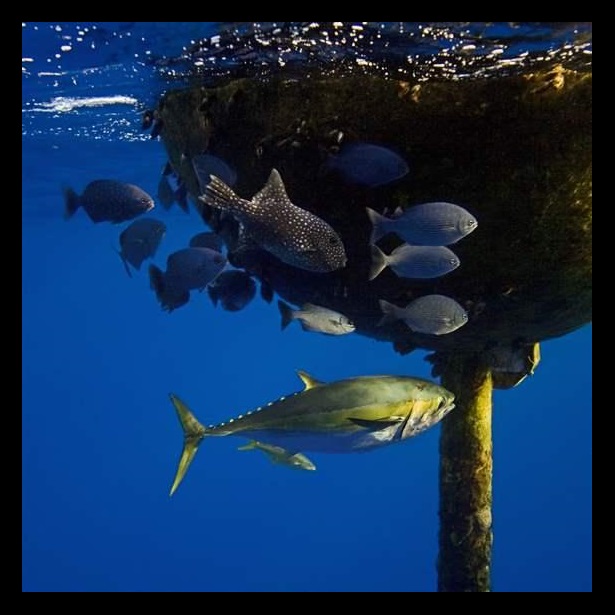
Estimating the Use of FADs Around the World
An updated analysis of the number of fish aggregating devices deployed in the ocean
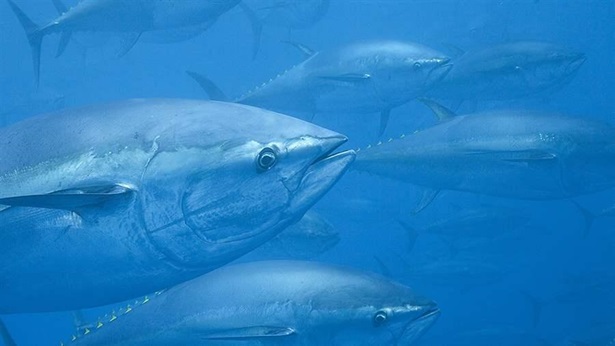
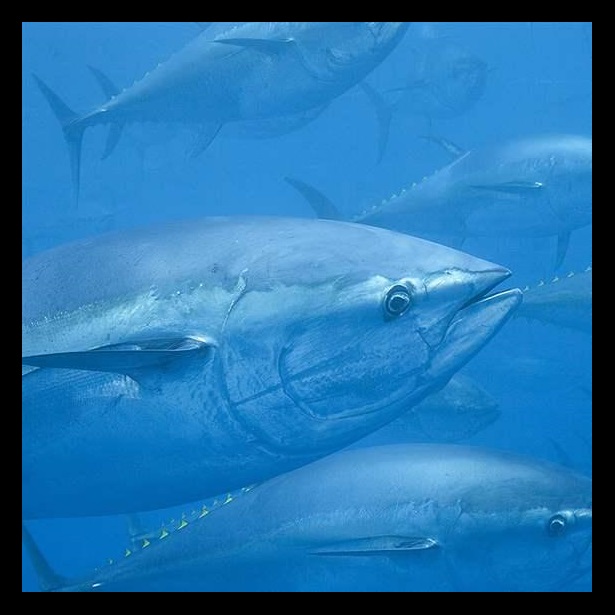
Harvest Strategies
The next phase of fisheries management









